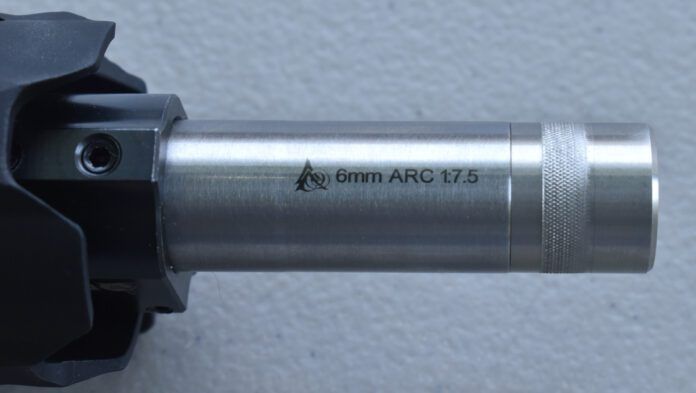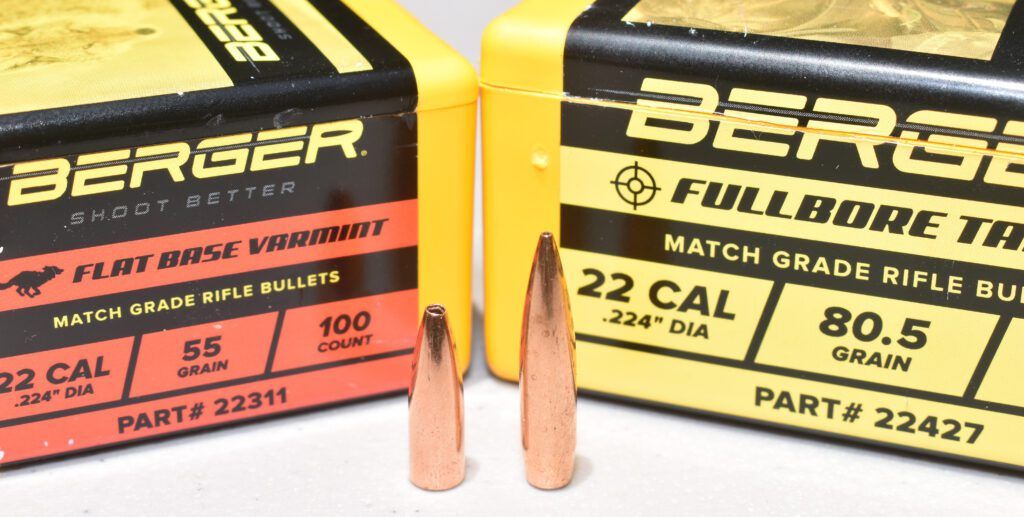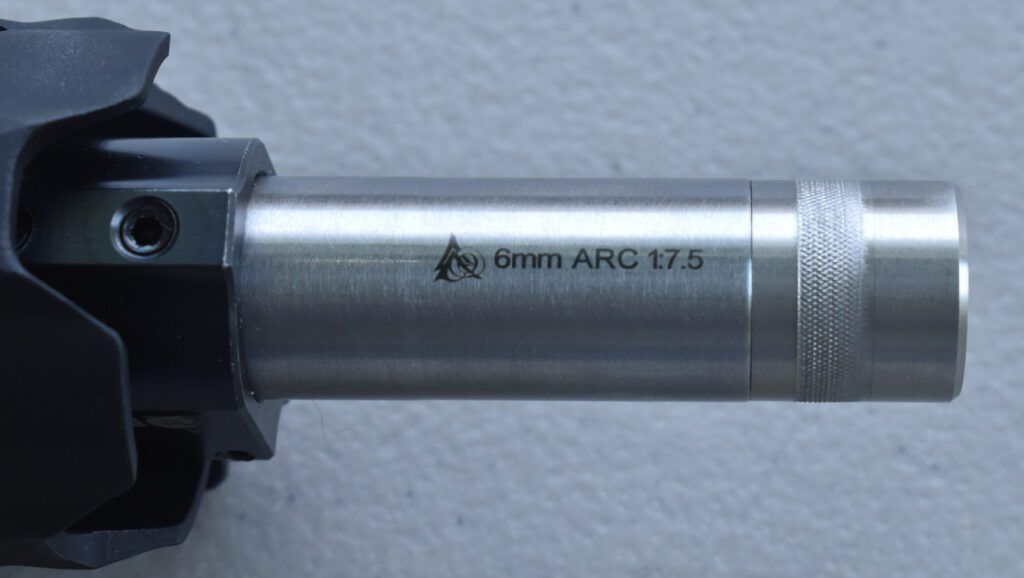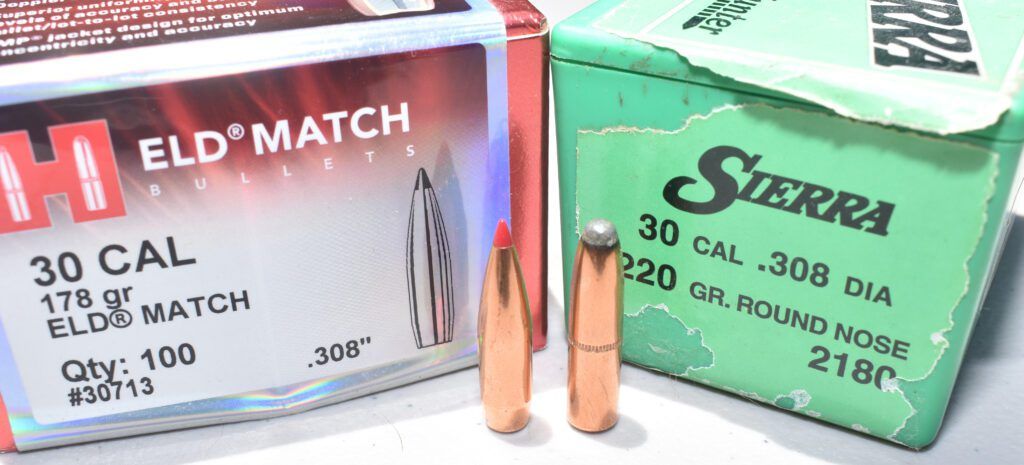
Barrel twist rates for rifle and handguns are the second-most important aspect of your barrel specifications, behind only the caliber/chambering. Twist rates are so important that they are often stamped onto the barrel itself, along with the caliber/chambering.
Twist rate expresses how fast a bullet spins when it leaves the barrel of a firearm. The twist rate explains how many inches of travel it takes for a bullet to complete one full rotation as it flies downrange. Twist rates are commonly listed as in “1 in x,” or “1/x,” or “1:x.” In Gun Tests magazine, we use the “1:x” shorthand.
What Barrel Twist Rate Means
If your rifle barrel has a 1:7 twist, then the bullet spins 1 rotation for every 7 inches of horizontal flight it travels. The smaller the second number is, the faster the bullet is spinning; that is, 1:6 is a faster twist rate than 1:7, and the rate of the spin is what stabilizes the bullet. Look up the Greenhill Formula as a guide for optimum twist rate. A working calculator version is available here.
Note that the formula includes the length of the bullet, not the weight. The longer the bullet is, the greater the instability and the faster the twist must be to overcome that. Longer bullets are often heavier bullets, so many shooters mistakenly think weight is the controlling factor for twist rate.

Twist rates have gotten more attention recently because of the popularity of long-distance shooting. Typically, long-range shooters use “long for length” bullets that are more aerodynamic, also called low drag.
Rifling Twist and Ballistic Coefficient
To shoot long distances, it helps to have a bullet with a with low drag properties. That’s expressed with a high ballistic coefficient (BC) number. Higher-BC bullets are longer and sleeker. The higher a bullet’s BC, the less it will drop and the less it will be affected by wind. These long bullets require faster twist rates to be stabilized in flight.
The newish 6mm ARC cartridge, for example, requires a twist rate of 1:7.5 inches, as the markings on its barrel show (pictured nearby). In contrast, common barrel twist rates for two rounds of identical diameter, the 243 Winchester and 6mm Remington, are 1:9 and 1:12, respectively. If you’ve never heard of the 6mm Remington or have never shot a rifle chambered for it, don’t be worried. But that round’s history illustrates why twist rate is so important.

When Remington rolled out its 6mm Remington round, the company chambered it in a too-slow twist rate, which meant shooters could only use shorter (lighter) varmint bullets, such as 85 grains and lighter. In contrast, Winchester twisted the 243 Winchester barrels faster, which meant the 243 tubes could stabilize longer (heavier) projectiles, such as 100-grain bullets. The 243 Winchester went on to become a favorite light deer-hunting rifle as a result, and the 6mm Remington has languished and is nearly obsolete.
In the most popular rifle in the country, the AR-15, the most common rates of rifling twist are 1:7, 1:8, 1:9, and you may see a 1:12. Shorter bullets for the slower twist rate of 1:12 usually run 50 to 62 grains. The faster twist rates, such as 1:7, can stabilize longer (heavier) bullets up to 77 or even 80 grains.
So your barrel twist rate is how fast the barrel spins your bullets, which has a major effect on how accurate your rifle of any chambering is.
Article and photos by Gun Tests Contributing Editor Joe Woolley





























Good article.
A most excellent and informative article that is well written. Many thanks !